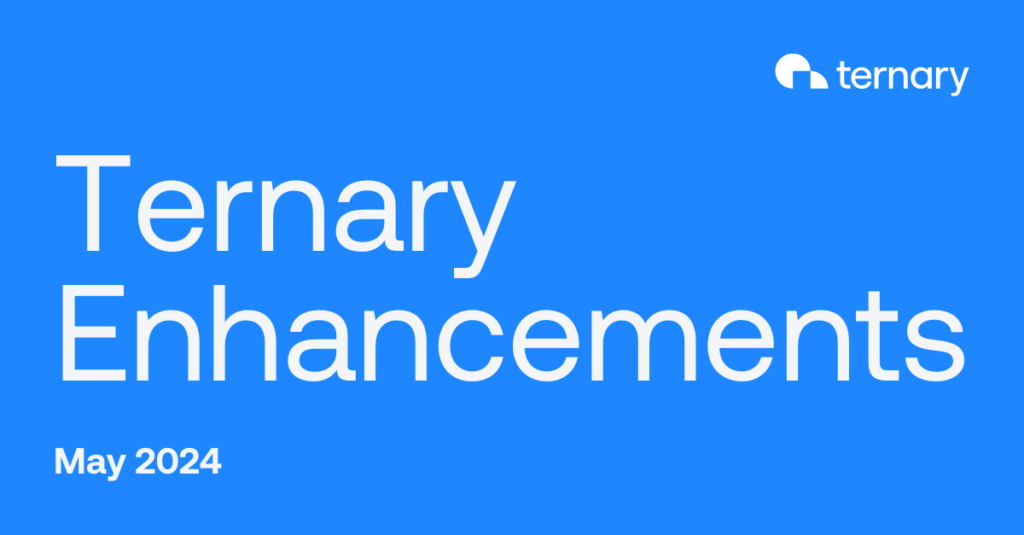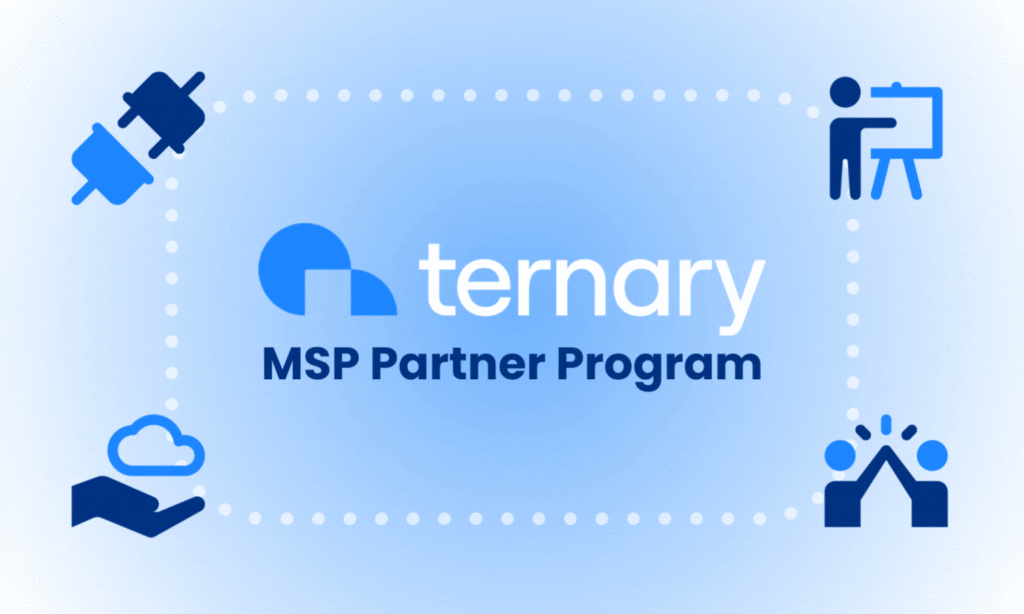Infrastructure optimization is all about improving efficiency. In this article, we’ll dive into how Ternary’s newest enhancements support two critical strategies for doing that: workload optimization and rate optimization. Both of these can help eliminate waste and reduce costs.
Workload optimization is a capability ensuring that cloud services run only when needed and are appropriately sized for the amount of utilization required. While workload optimization can lead to saving money, its main focus is to ensure efficient usage.
Rate optimization, on the other hand, focuses on cost savings. Core to a successful FinOps practice is effectively managing commitment-based discounts. It’s also among the best ways to save money in the cloud. Each cloud provider offers its own type of commitment discounts (e.g., Reserved Instances, Savings Plans, Committed Use Discounts, etc.). Commitment-based discounts provide you a discounted rate for using resources or for committing to a spending threshold.
(The FinOps Foundation’s FinOps Framework highlights other ways to improve cloud efficiency, including architecting for cloud, cloud sustainability, and licensing and SaaS. Stay tuned for future articles on those topics.)
What’s new in Ternary
Ternary has long supported workload and rate optimization for Google Cloud Platform (GCP) and Amazon Web Services (AWS). We’re excited to announce that we now provide optimization recommendations for Microsoft Azure, thereby extending our capabilities across all three leading cloud service providers.
Our platform supports Azure workload optimization recommendations across compute, storage, database, and Kubernetes services. As depicted in the example below, you can see an aggregated view of your compute services spend. Additionally, we now support rate optimization for Microsoft Azure Reserved Virtual Machine Instances and Azure Savings Plan for compute.
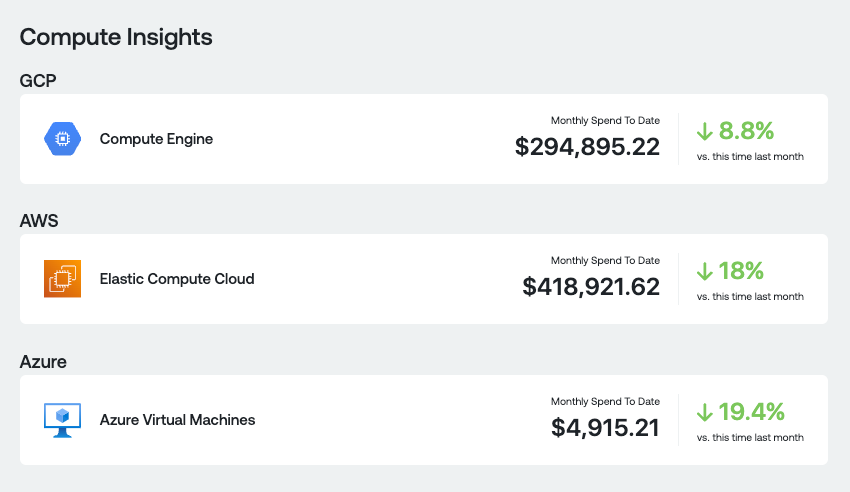
How to optimize your multi-cloud environment with Ternary
Ternary enables you to easily analyze the cost and usage of a given cloud service and see recommendations for improving resource utilization.
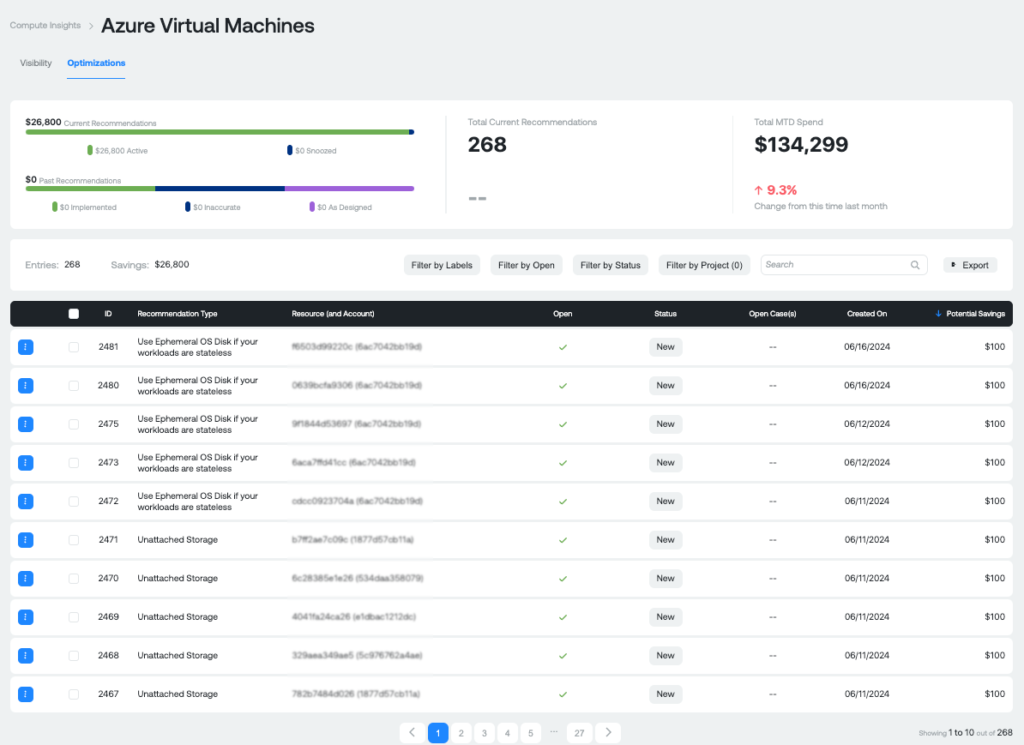
Let’s say you’ve evaluated the usage recommendations, and now you want to motivate engineers to take action on them. Using Ternary Case Management, you can create a ticket within the platform to collaborate with engineers and other stakeholders. You can easily select the data that you would like to open a case for, assign colleagues to the case, and classify the case as an investigation, an optimization, or a task. Ternary’s bidirectional integration links cases to Jira, where engineers can record progress on implementing the optimization opportunities.
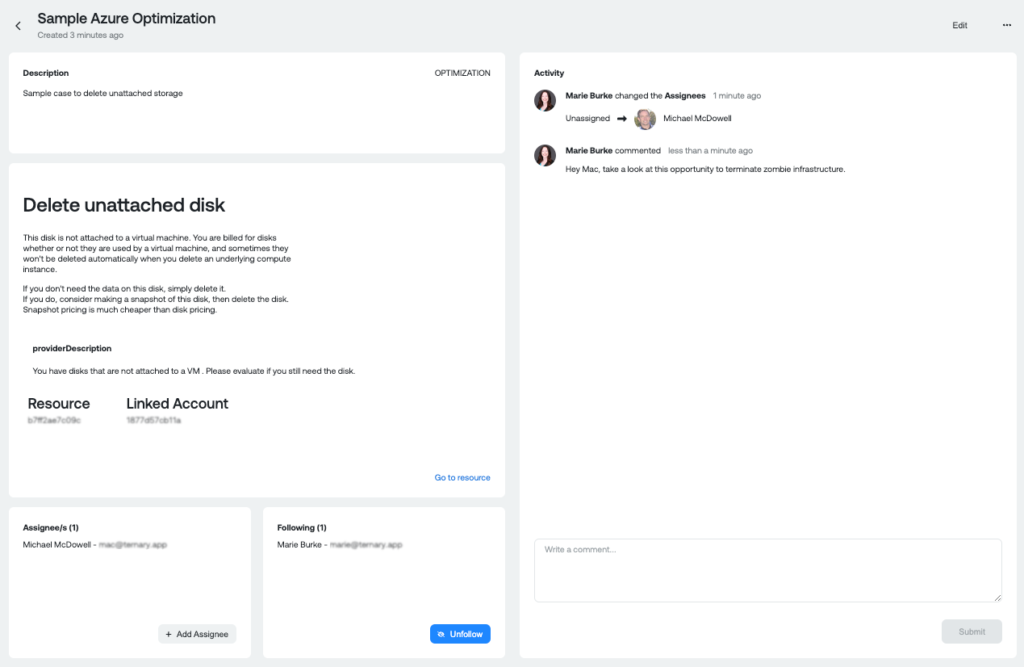
Once you have rightsized the services or terminated idle, unused infrastructure, you can purchase commitment-based discounts. As a best practice, we recommend you rightsize your infrastructure before you reserve a commitment. With Ternary, you can easily manage commitments throughout their lifecycle to maximize savings.
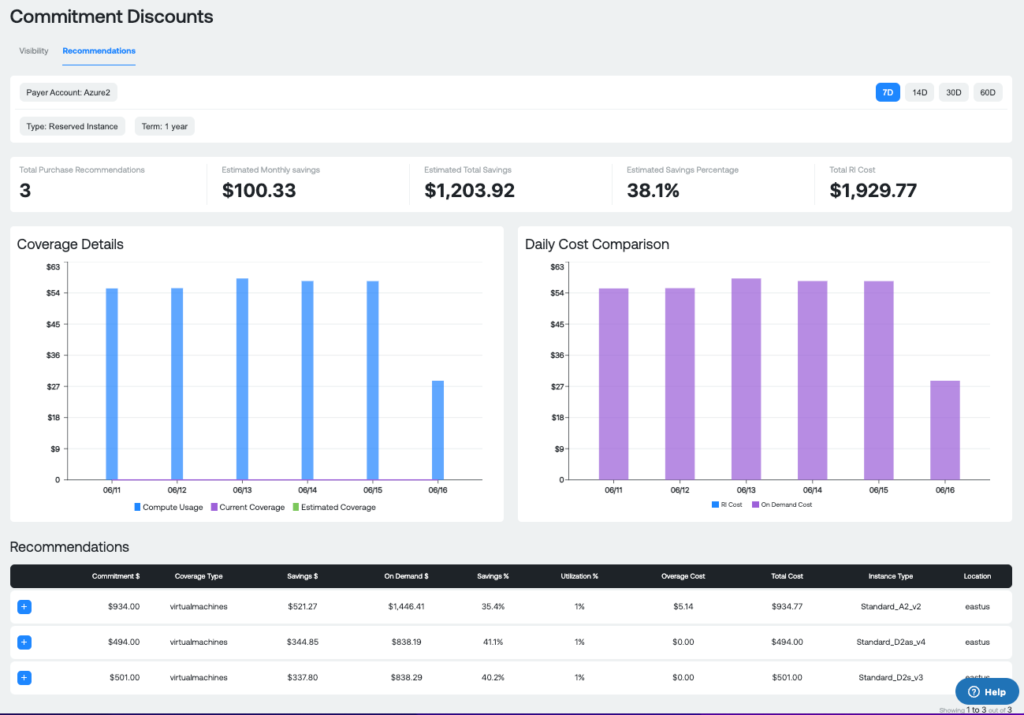
See Ternary’s latest product enhancements in action.


